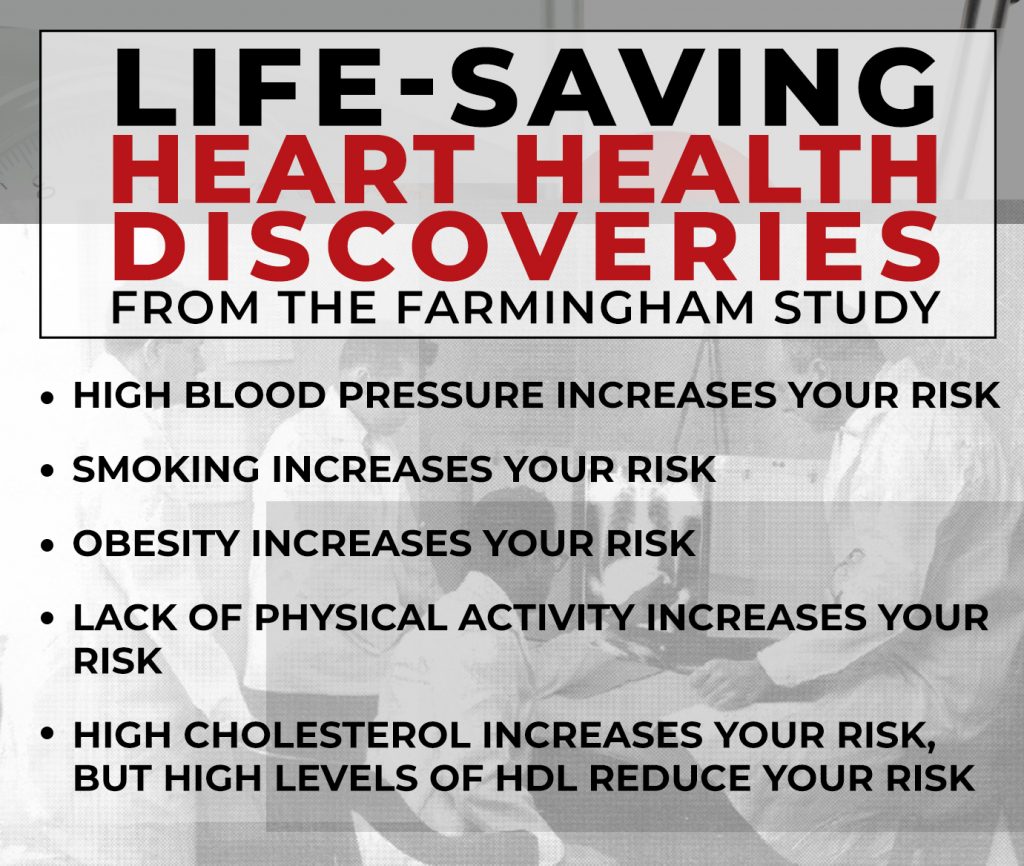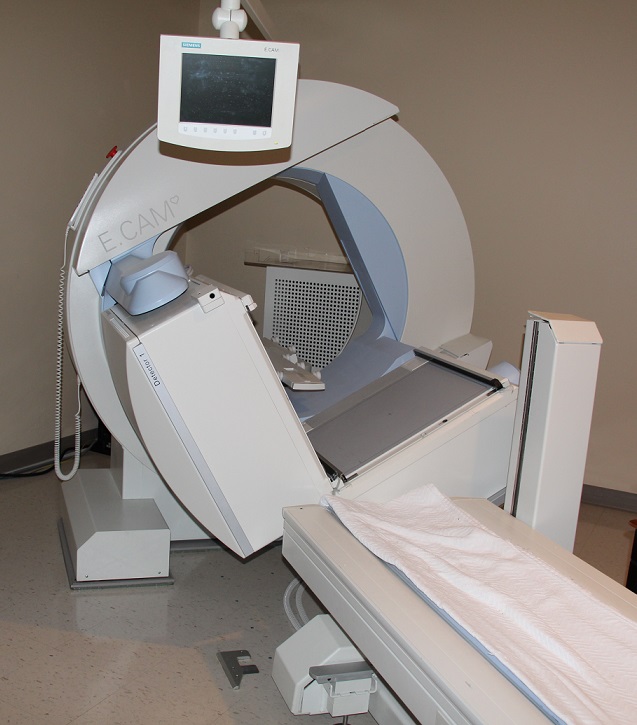The Standout Study Leading Today’s Heart Care
The Research Unlocking the Answers of Cardiovascular Risks & Treatment
The care you receive for heart disease and other cardiovascular issues is incredibly different than a century ago. Advances in heart research gives cardiologists like those at Zepick Cardiology the most current and well-researched information to provide patients the best care available today. It was only a few generations ago that heart disease issues often went undetected or not treated successfully.
The reason behind so much of what doctors and scientists know today about the heart can be traced back to one amazing long-running study.

The Framingham Heart Study began in 1948 when we didn’t have a good understanding on what people at risk for developing cardiovascular disease. Also back then, the medical community did not have many answers for how to successfully treat it.
The Framingham Heart Study was so extraordinary at unlocking such life-saving information that it never stopped. In fact, the study continues to this very day with the children and grandchildren of the original participants. The study itself is an incredible story of scientific discovery. You can learn about how the Framingham Heart Study and the origins of modern heart care in this article.
What We Know About Heart Health Today Thanks to the Framingham Study
There are many things that we know about heart health we simply didn’t know 70 years ago. Some of the conditions that put people at risk for heart problems that may seem obvious to us now were not known before this study.
Thanks to the Framingham Study, in the 1950s we learned the following health issues increase a person’s risk for cardiovascular disease:
- High blood pressure
- High cholesterol levels
- Being overweight
In the 1960s, the Framingham Study added these risk factors to the list:
- Smoking
- Lack of physical activity
More risk factors were identified in the 1970s, including:
- High blood pressure levels
- Postmenopausal women
In the 1980s they discovered:
- High levels of HDL cholesterol reduce risk of heart disease
In the 1990s, another big advancement occurred:
- The Framingham Risk Score is published which correctly predicts 10-year risk of coronary heart disease
More findings came out in the 2000s including identifying increased risks from having prehypertension (blood pressure levels of 120-139) and the effect of a person’s social contacts. Researchers looked how the people you spend your time with affect such things as obesity, smoking cigarettes, and efforts to quit smoking.
Nearly 4000 medical journals have been published based on data from the Framingham Heart Study.

The 10 Most Important Framingham Heart Study Findings
- Hypertension (high blood pressure) is a serious risk factor for heart disease. Before the study, it was believed that hypertension was a normal part of the aging process. Understanding this connection allowed for changes in treatment and further research into high blood pressure, including the contemporary SPRINT Trail that revised the standards of acceptable blood pressure rates.
- The study created the first and most impactful information on the risk factors for coronary heart disease (CHD). These primarily related to physical activity, cigarette smoking, diabetes, cholesterol levels and obesity. The study led to creation of a 10-year coronary heart disease risk calculator. Here is a link to the American College of Cardiology’s risk calculator.
- The major risk factors for heart failure were clearly identified as diabetes, obesity, hypertension, and parental heart failure.
- The Framingham Heart Study was one of the first to report on atrial fibrillation risk factors. In addition, it linked atrial fibrillation to higher instances of stroke, heart failure, and cognitive decline.
- The study looked at the connection between the heart and the brain. Framingham was the first study to show a higher level of a type of amino acid in your blood (serum homocysteine) increases your risk for dementia as well as heart disease.
- It identified a connection between smoking and intermittent claudication, a condition where a person has leg pains or aches while exercising. That symptom is an indication that there is likely too little blood flow to the muscles.
- The use of cardiac imaging was found to be a helpful tool in locating cardiovascular issues by looking at such things as heart wall thickness and atrial dimension. The study established normal levels of ventricular mass, cavity volumes and systolic function measures.
- The Framingham Heart Study established verifiable biomarkers in the prediction of cardiovascular risk for individuals.
- Thanks to having participants that span 3 generations, much was learned regarding the genetic and hereditary factors for heart disease.
- The study continues providing insight that delves into the molecular level of biology. For example, Framingham research is looking at how our gut microbiomes affect our risk for various diseases. This type of research has already solved the mystery of why some people absorb cholesterol from the intestines, yet others do not (it has to do with having certain bacteria inside the gut that metabolizes cholesterol).

The Future of Solving Heart Mysteries & Saving Lives
There is still so much to learn about the heart. Fortunately, the Framingham Heart Study continues into its 7th decade with an even greater ability to discover more cardiovascular disease risk factors and, even better, solutions to improving heart health and saving lives.
The data collected over the years continue helping scientists unlock new information about the heart. Using modern medical research technology, they can look at decades-old blood samples and discover even more information about what puts a person at greater risk for developing cardiovascular disease.
Today, the Framingham Study includes new research into the effects of exercise. Smartphones and devices participants can wear to track such things as activity and heart rate have been added to the information researchers are gathering.

“It is an exciting time for cardiologists and medical researchers. The scientific community continues gathering even more information into what makes the heart healthy and strong, allowing our doctors here at Zepick Cardiology to provide the most up-to-date information and best treatment for all our patients.”
-Dr. Lyle Zepick, Cardiologist, Board Certified in Cardiovascular Disease




